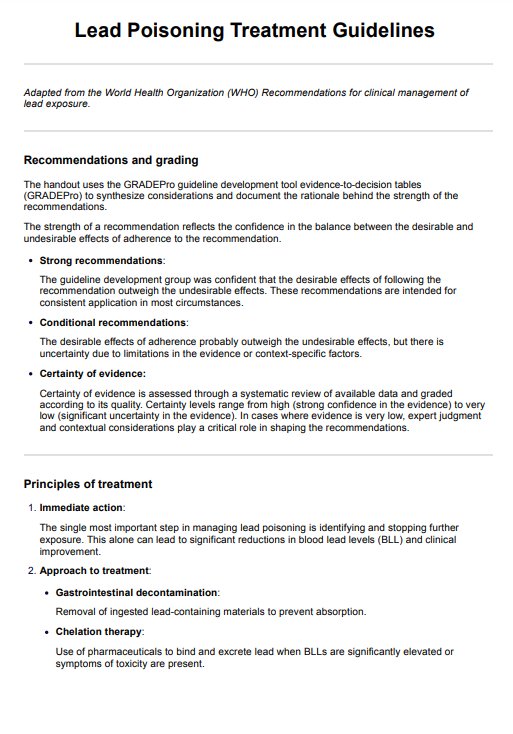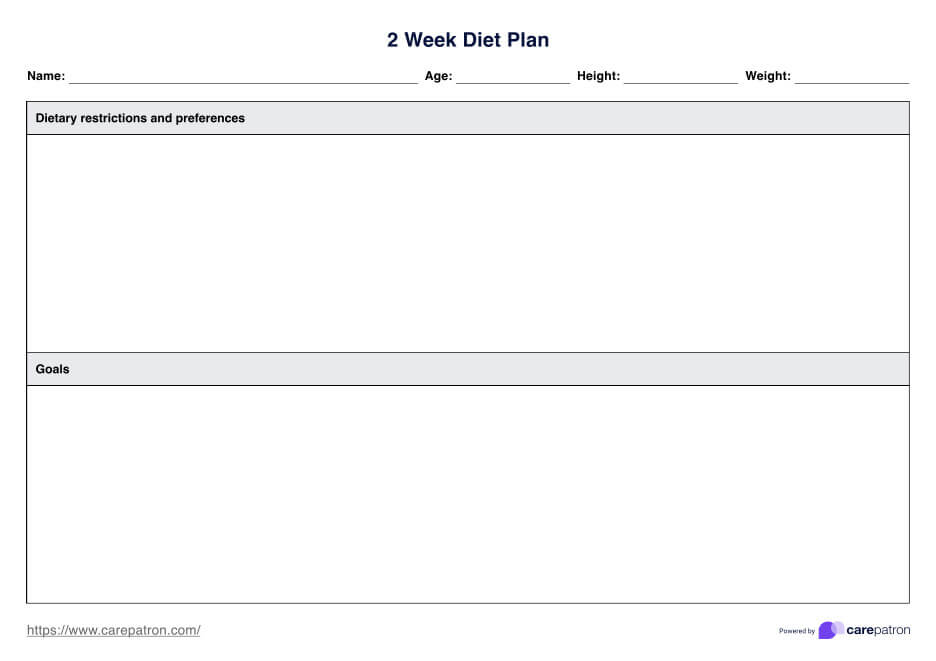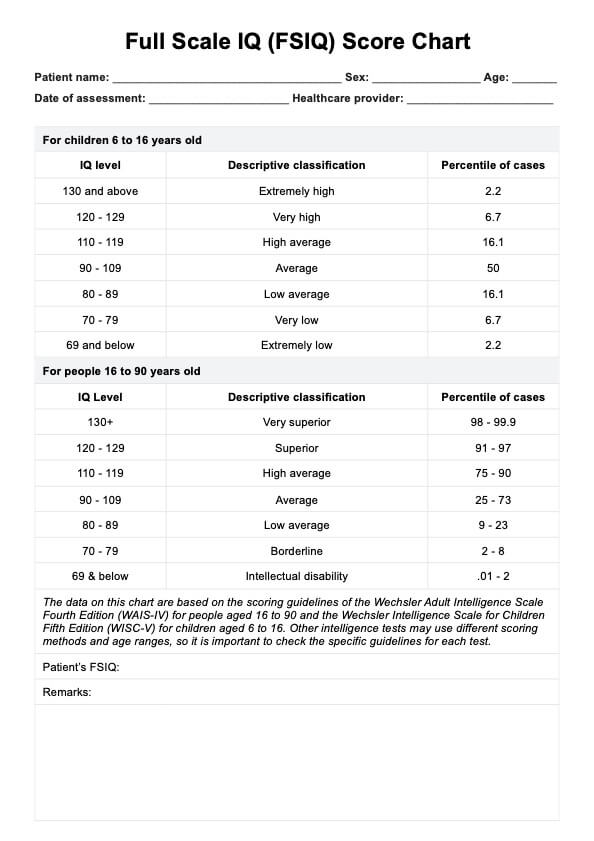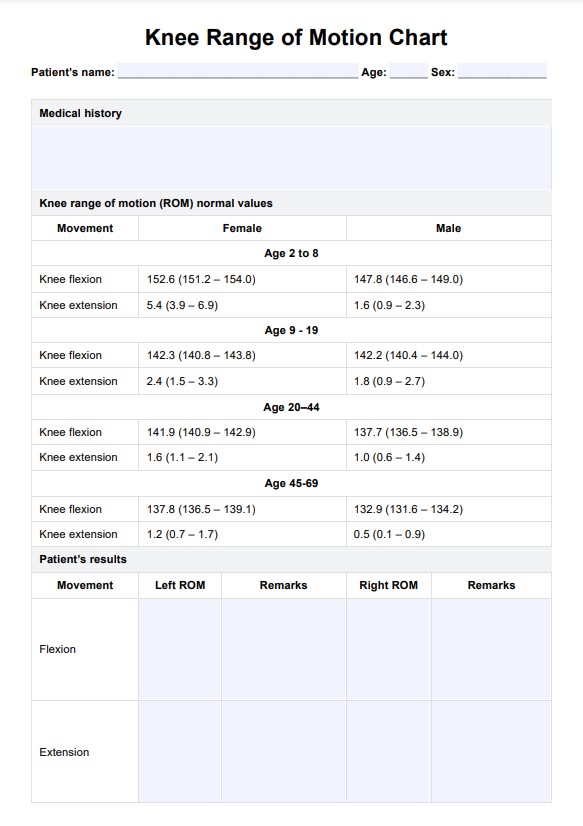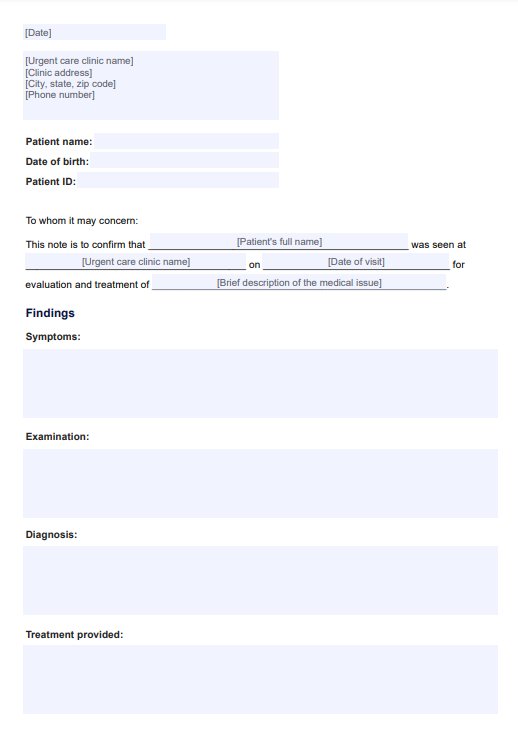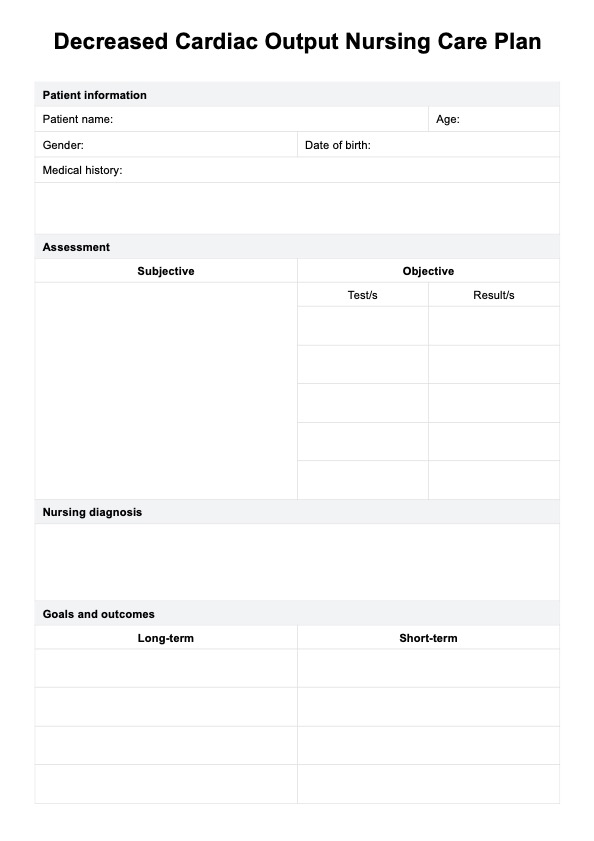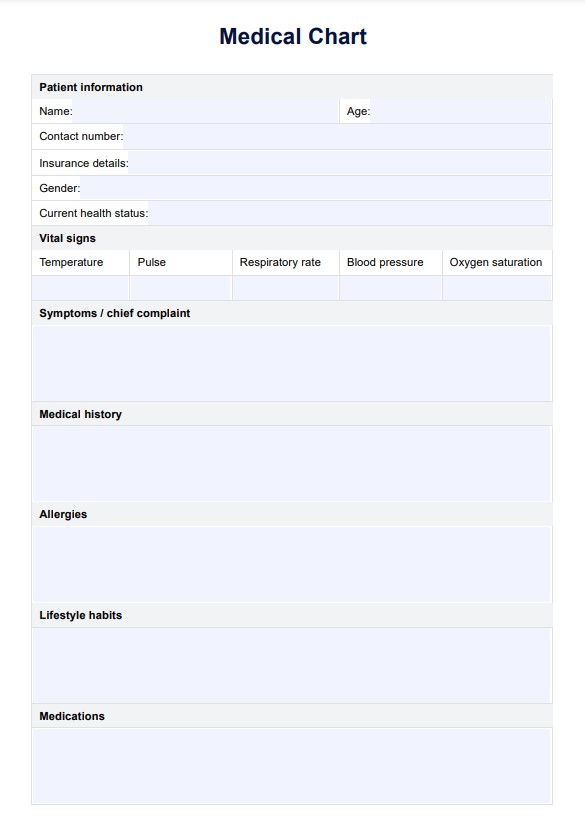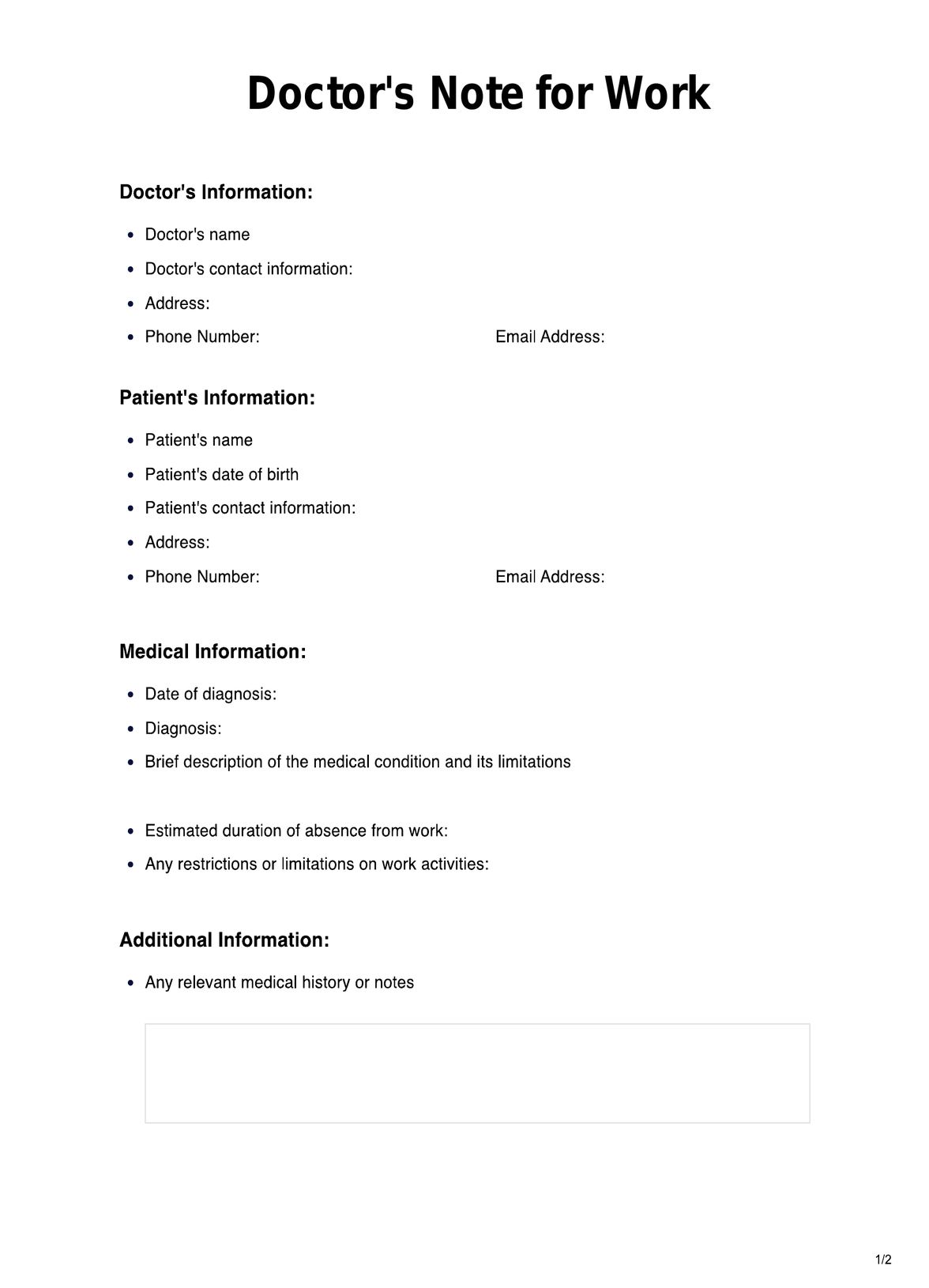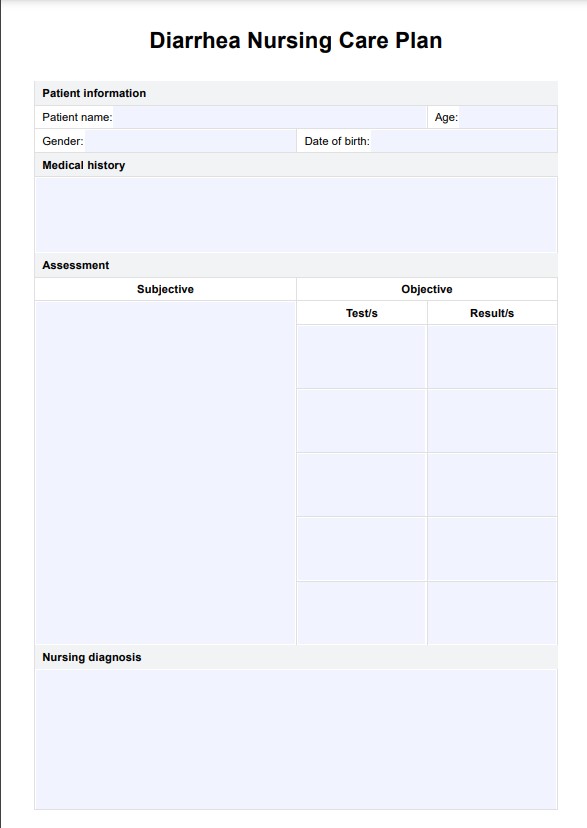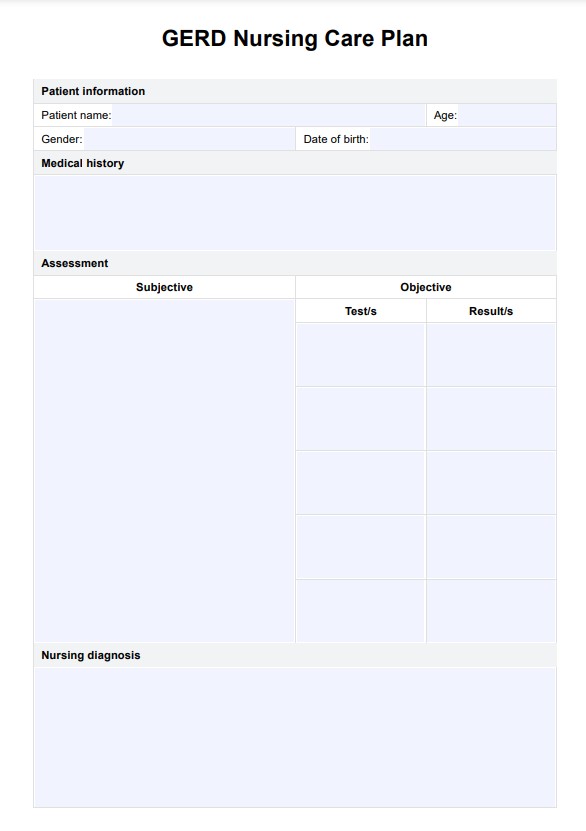Penetration-Aspiration Scale (PAS)
Click learn more about the Penetration- Aspiration scale and how to use it. Download a free PDF template from Carepatron.


What is the Penetration-Aspiration Scale (PAS)?
The PAS has been broadly adopted in both research and clinical practice since it was published. The 8-point, equal appearing scale is primarily used to describe penetration and aspiration events observed in a videofluoroscopic swallow study to determine an individual's swallowing function (Schmid, et al., 2020).
Aspiration and penetration are varying degrees of airway invasion of ingested material that are a consequence of a swallowing impairment (Alkhuwaiter, et al., 2022). The term aspiration, a more severe outcome, describes material passes inferior to the level of vocal folds, whilst material passing through the larynx but remaining above the vocal folds is called penetration (Rosenbek, et al., 1996). Dysphagia, or disordered swallowing can lead to serious health complications such as malnutrition, dehydration, and aspiration pneumonia, resulting in abnormal airway protection (Rosenbek, et al., 1996).
The design was adopted to limit the varying ways of describing compromise events by providing a manageable and comprehensive set of descriptors that create a ordinal method of rating the severity of airway protection impairment.
Scores are determined primarily by the by the depth to which material passes in the airway and whether or not the material entering the airway is expelled (Rosenbek, et al., 1996).
The scale is as follows (Coyle, 2017):
- No contrast enters the airway
- Contrast enters the airway, remains above the vocal folds, and is ejected from the airway (not seen in the airways at the end of the swallow)
- Contrast enters the airway, remains above the vocal folds, and is ejected from the airway.
- Contrast enters the airway, contacts the vocal folds, and is ejected from the airway.
- Contrast enters the airway, contacts the vocal folds, and is not ejected from the airway.
- Contrast enters the airway, crosses the plane of the vocal folds, and is ejected from the airway.
- Contras enters the airway, crosses the plane of the vocal folds, and is not ejected from the airway despite effort.
- Contrast enters the airway, crosses the plane of the vocal folds, is not ejected from the airway and there is no response to aspiration.
Penetration-Aspiration Scale (PAS) Template
Penetration-Aspiration Scale (PAS) Example
How to use our Penetration-Aspiration Scale template
To use our free and printable PAS template, follow these steps:
Step 1: Access the template
Access the Penetration-Aspiration Scale template by clicking "Use template", allowing you to edit the resource via the Carepatron app. For a PDF copy, choose "Download."
Step 2: Familiarize yourself with the template
The template is designed to guide you through the Penetration-Aspiration Scale. It includes space for essential patient information, such as name and date of birth. The template follows the standard Penetration-Aspiration Scale, composed of 8- items, each indicating a varying levels of airway invasion of ingested materials.
Step 3: Conduct the swallow study
Perform a videofluoroscopic swallow study to visualize the swallowing process while the patient consumes food or liquid of varying consistencies.
Step 4: Observe airway protection
Assess whether food, liquid, or saliva enters the airway during the swallowing process. Note its depth and whether the patient successfully clears the material.
Step 5: Rate the swallow on the scale
Use the 8-point scale to score the degree of airway invasion and patient response. Document results for each swallow and consistency as required.
Scoring and interpretation
Scoring the PAS is a straightforward process that has clinical and scientific uses, varying health professionals can use it to assess an individual's swallowing function through penetration and aspiration events.
The scores are multidimensional, considering several observations within each score. These include:
- Depth of airway invasion (material contacting, above, or below the level of vocal folds.
- Whether there is material remaining after the swallow; ejected or not ejected.
- Patient's response to the material present in the airway; effort to clear the material.
The results from the videofluoroscopic swallow study will determine the PAS score. Using the PA scale, determine where the patient sits on the scale. The scale uses an 8-point ordinal scale, with 1 representing the least and 8, the highest or most severe scores (Alkhuwaiter, et al., 2022).
Next steps after using the scale
There are several steps that can be taken once the PAS score has been calculated.
Review and analyze responses
The patient's total score will be reviewed, acting as an indicator of swallowing function. These scores provide insight into the severity of swallowing impairment but alone do not determine a diagnosis. Lower scores indicate safer swallowing, whilst higher scores suggest that the individual has a risk of aspiration and poor airway protection.
PAS scores can be used to classify airway invasion patterns, such as deep laryngeal penetration and shallow penetration. PAS scores can be related to a variety of swallowing disorders and swallowing dysfunction to varying levels, it is important to combine PAS score with both clinical judgement and patient-specific factors to get the best use of the PAS.
Discuss results with patient
Healthcare professionals will discuss the results with the patient, depending on their level of severity, this can assist to guide targeted treatment and interventions to support the patient. It can also be used in accordance with other related tests to help reach a diagnosis for a patient.
References
Alkhuwaiter, M., Davidson, K., Hopkins-Rossabi, T., & Martin-Harris, B. (2022). Scoring the Penetration-Aspiration Scale (PAS) in Two Conditions: A Reliability Study. Dysphagia, 37(2), 407–416. https://doi.org/10.1007/s00455-021-10292-6
Coyle, J. L. (2017). Scaling the swallow. The ASHA Leader, 22(5), 36–38. https://doi.org/10.1044/leader.otp.22052017.36
Rosenbek, J. C., Robbins, J. A., Roecker, E. B., Coyle, J. L., & Wood, J. L. (1996). A penetration-aspiration scale. Dysphagia, 11(2), 93–98. https://doi.org/10.1007/bf00417897
Schmid, J. (n.d.). Penetration-aspiration scale | Radiology Reference Article | Radiopaedia.org. Radiopaedia. Retrieved November 21, 2024, from https://radiopaedia.org/articles/penetration-aspiration-scale-2?lang=us
Sık sorulan sorular
The PAS is an 8-point scale used to assess the degree of airway invasion during swallowing. It evaluates whether food, liquid, or saliva enters the airway (penetration) and whether it passes below the vocal cords (aspiration), as well as the body’s ability to clear it.
In clinical settings, the Penetration-Aspiration Scale (PAS) helps:
- Identify airway invasion patterns.
- Determine the severity of swallowing dysfunction.
- Guide treatment plans, including diet modifications and therapeutic strategies.
No, the Penetration-Aspiration Scale (PAS) is one component of a comprehensive swallowing evaluation. It must be interpreted alongside other clinical findings and patient history.











